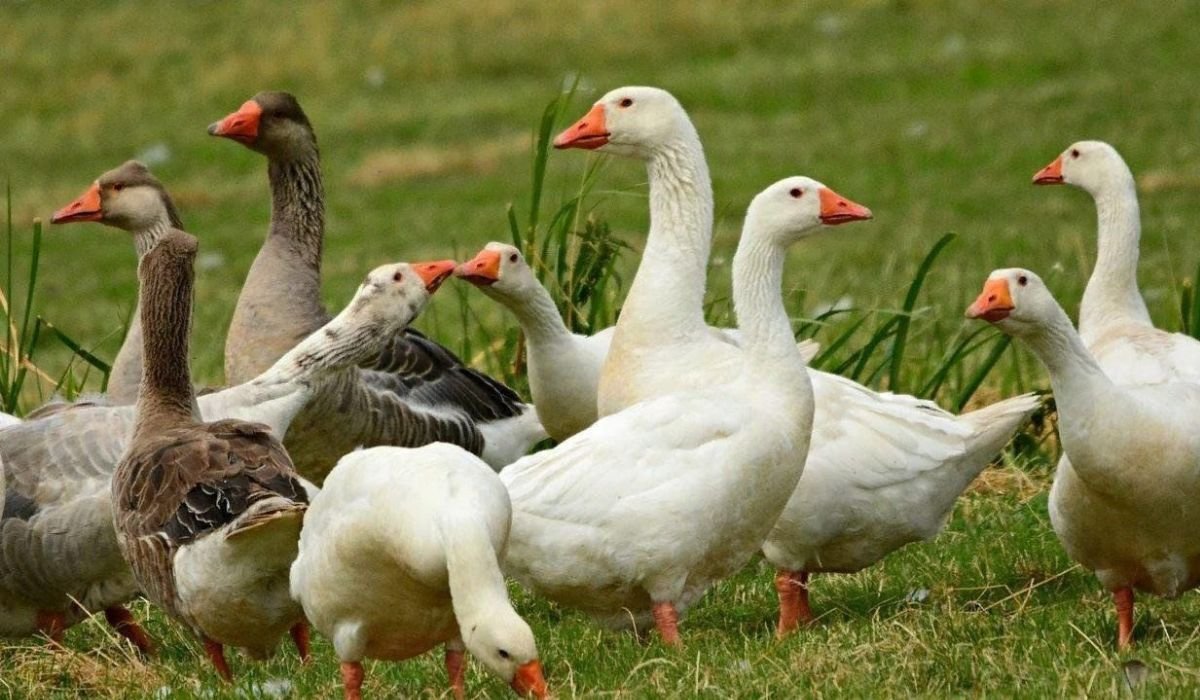Introduction to Peiscans
Peiscans—ever heard of them? Probably not. These fascinating yet relatively obscure creatures have puzzled biologists and zoologists for years with their strange mix of features and behaviors. Peiscans belong to a unique category of animals that blur the lines between different animal classifications. From their peculiar anatomy to their role in ecosystems, Peiscans offer an exciting glimpse into the complexity of nature’s design.
Intrigued? Get ready to explore everything you need to know about Peiscans, their behaviors, significance in ecosystems, and the ongoing research that aims to uncover their many mysteries.
The Unique Anatomy of Peiscans
What makes Peiscans stand out in the animal kingdom is their truly unique anatomy. Unlike most creatures that neatly fit into defined categories, Peiscans challenge our understanding of biological classifications.
Distinct Physical Characteristics
- Hybrid Features: Peiscans seem to merge characteristics of mammals, birds, and reptiles, which makes their anatomical structure incredibly versatile. For example, they have fur-covered bodies, beak-like mouths, and clawed limbs perfect for varied terrains.
- Adaptive Skin: Their skin acts as a chameleon-like layer, allowing them to blend seamlessly into diverse environments like dense forests, sandy deserts, or even underwater habitats.
- Unusual Tail Structure: Peiscans possess a semi-prehensile tail that aids them in activities like climbing, swimming, or even snagging small prey.
Specialized Sensory Organs
Peiscans also have incredibly advanced sensory abilities. Some studies suggest that their organs are acutely tuned to vibrations and smells, enhancing their survival advantage in competitive ecosystems.
Behaviors and Adaptations
Peiscans are notable for their highly adaptive behaviors, which allow them to thrive in diverse and often harsh environments.
Survival in Extreme Environments
- Like desert dwellers, they efficiently store water for dry conditions. Simultaneously, their semi-permeable skin helps retain moisture.
- Peiscans in colder climates develop denser fur during winter months, showcasing their remarkable adaptability.
Curious Social Bonding Habits
Peiscans are neither fully solitary nor entirely social creatures. They travel in small groups but engage in cooperative hunting and foraging, ensuring their group members thrive collectively.
Defensive Techniques
Peiscans rely on unique survival strategies:
- Camouflage to stay hidden from predators.
- Distinct Sounds to warn others of impending danger.
The Role of Peiscans in Ecosystems
Peiscans play a crucial role in maintaining the ecological balance in their natural habitats.
Keystone Species
Thanks to their diverse diet and habits, Peiscans are often regarded as a keystone species. They contribute to maintaining food chain dynamics by preying on smaller animals and serving as a food source for larger predators.
Seed Dispersers
Their diet includes a variety of fruits and seeds, allowing them to spread vegetation in their territories. This capability makes Peiscans essential contributors to forest regeneration and the biodiversity of their ecosystems.
Biodiversity Enhancers
By interacting with multiple species, Peiscans indirectly enhance the genetic diversity in their immediate environment, enriching their habitat’s overall health.
Current Research and Discoveries
Researchers have been fascinated by Peiscans for decades, and recent studies have further heightened our understanding.
DNA Sequencing and Classification
Ongoing DNA analysis is helping scientists categorize Peiscans more accurately. Some studies suggest Peiscans might represent an evolutionary link between certain species, making them a subject of evolutionary biology debates.
Migration Patterns
Research reveals that Peiscans can cover incredible distances during seasonal migrations. Equipped with extraordinary navigational skills, they rely on magnetic fields and environmental cues akin to migratory birds.
Health and Longevity
Peiscans are also attracting attention for their impressive lifespan. With some living over 30 years in the wild, their biology could contain clues for longevity in other species.
Future of Peiscan Research
While there’s much we know about Peiscans, there are still countless unanswered questions.
Studying Behavior in Captivity
Protected sanctuaries and nature reserves are researching Peiscans’ behaviors and reproductive habits in controlled environments, which could reveal clues for conserving this species.
Conservation Initiatives
With habitat destruction threatening biodiversity worldwide, preserving Peiscan habitats is more critical than ever. Conservationists stress that saving their ecosystems could positively impact countless other species.
Unlocking Genetic Secrets
Future studies into Peiscan genetics might unravel critical insights into hybrid evolutionary traits and survival mechanisms applicable to other animals, as well as humans.
You May Also Like: Uncuymaza: Preserving Andean Heritage Through Art
Conclusion
Peiscans serve as a testament to nature’s ingenuity. They not only captivate biologists but also offer lessons in resilience and adaptability. With more research and effort to protect their habitats, these remarkable creatures could open doors to groundbreaking discoveries across various scientific domains.
Are you as fascinated by Peiscans as we are? Stay tuned for more updates from the world of wildlife research. Better yet, share your favorite fact about Peiscans in the comments below!
FAQs
What are Peiscans?
Peiscans are a rare group of animals known for their unique blend of anatomical traits, adaptive behaviors, and critical role in ecosystems.
Where can Peiscans be found?
Peiscans inhabit diverse terrains, including forests, deserts, and coastal areas, and they are known for their ability to thrive in extreme environments.
Why are Peiscans important to their ecosystems?
Peiscans help maintain ecological balance through seed dispersal, prey-predator interactions, and boosting biodiversity in their habitats.
What ongoing research is being done on Peiscans?
Current studies focus on understanding their genetic makeup, survival patterns, and contributions to evolutionary biology.
How can we protect Peiscans?
Efforts like conserving their natural habitats, creating sanctuaries, and raising awareness about habitat destruction are crucial for their protection.











